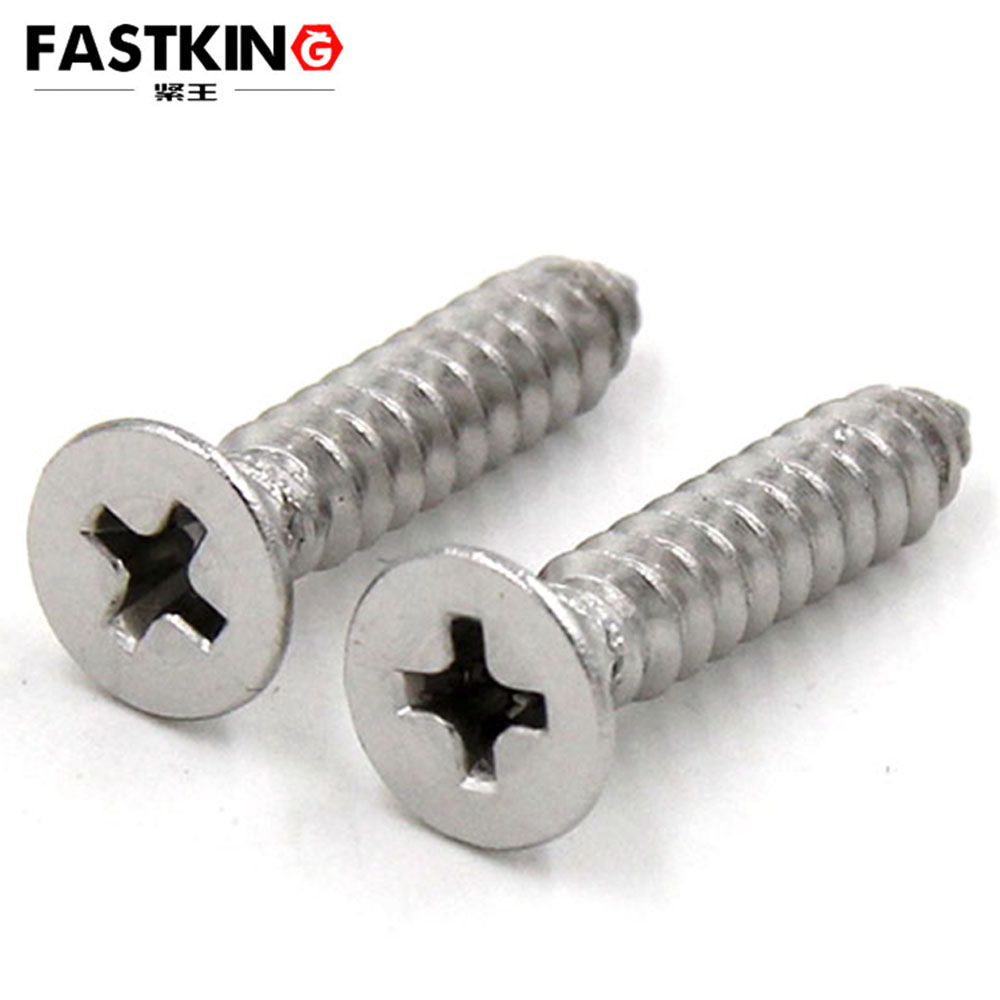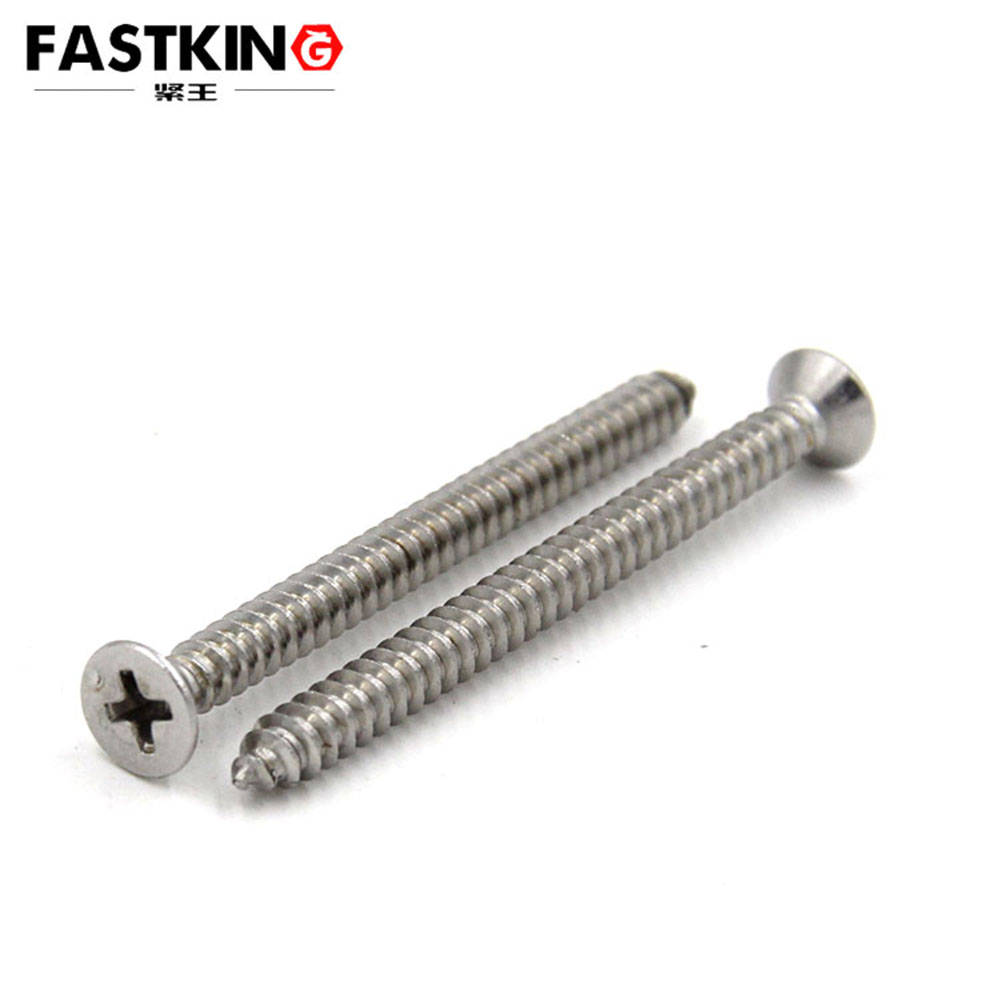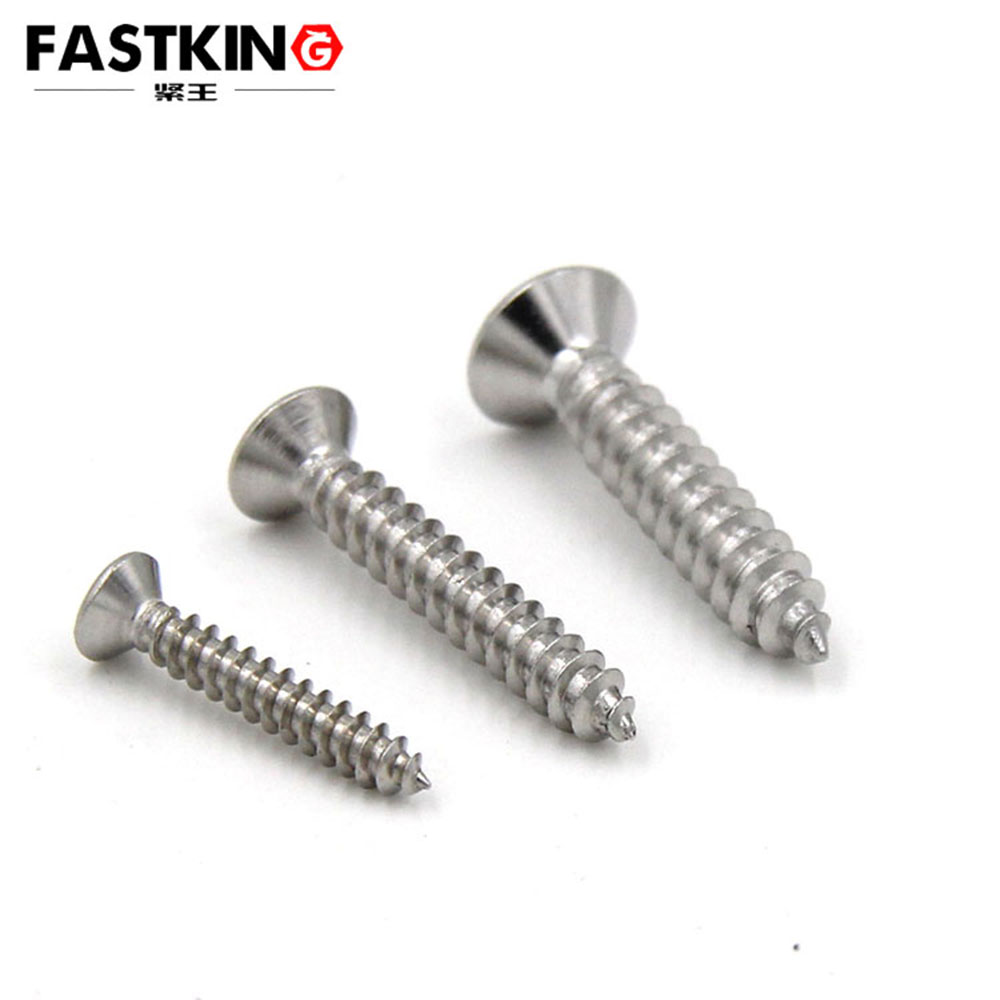Introduction to Countersunk Cross-Head Screws (GB/T 846-1985)
Countersunk cross-head screws, commonly specified by the Chinese national standard GB/T 846-1985, are widely used in various industries due to their design that allows for a flush surface when installed. These screws typically feature a flat head with a countersunk shape and a cross-shaped (Phillips) drive slot, making them suitable for applications where a smooth and unobtrusive finish is required.

Characteristics and Applications
1. Material and Construction
Countersunk cross-head screws are usually made from metal, with the screw shaft formed by cold forging and the threads rolled afterward. The head is designed with a tapered surface, allowing the screw to sit flush with the material it is fastening. This design prevents the screw head from protruding and ensures a clean, flat appearance.
2. Head Design
The head of these screws features a larger diameter with a flat top, which can be either circular or hexagonal. This design not only provides a stable surface for tools like screwdrivers but also ensures that the screw does not sink too deeply into the material, maintaining adequate pressure and grip.
3. Common Uses
Electrical Equipment: Used in power devices and electronic machinery for securing panels and components.
Mechanical Devices: Ideal for machinery and appliances where a flush fit is required.
Home Appliances and Digital Products: Commonly used in consumer electronics and household appliances for a neat finish.
Construction and Decoration: Used in building and renovation projects where screws need to be concealed.
Water Conservancy Projects: Employed in applications requiring robust fastening solutions.

Advantages
Reusability: Countersunk cross-head screws can be removed and reinstalled multiple times without losing their effectiveness.Higher Tensile Strength: Compared to nails, these screws offer greater strength and reliability.
Concealed Fit: The countersunk design allows the screw head to sit flush with the surface, preventing it from obstructing other components.
National Standard Specification (GB/T 846-1985)
The standard GB/T 846-1985 specifies the dimensions, material properties, and manufacturing requirements for countersunk cross-head screws. This standard ensures consistency in quality and compatibility across different applications. The standard also includes detailed specifications for thread sizes, head dimensions, and drive slot configurations.

Conclusion
Countersunk cross-head screws (GB/T 846-1985) are versatile fasteners suitable for a wide range of applications where a flush and secure fit is required. Their design and manufacturing standards ensure reliability and ease of use in various industries, from electronics to construction.
